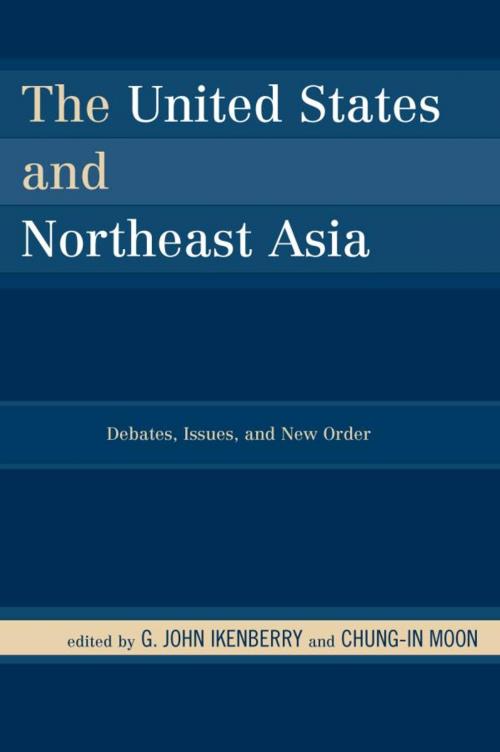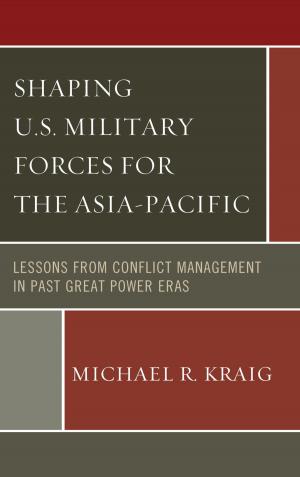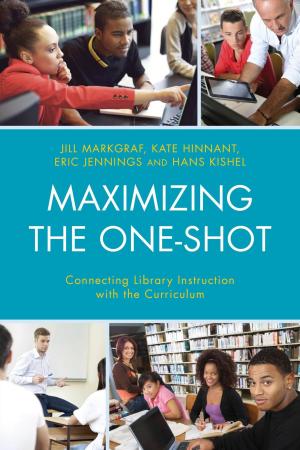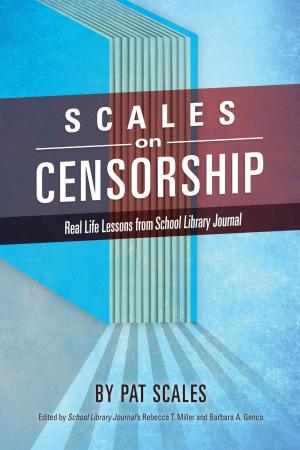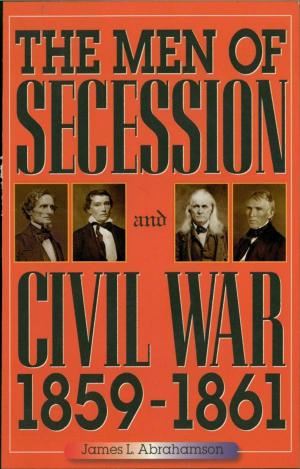The United States and Northeast Asia
Debates, Issues, and New Order
Nonfiction, Social & Cultural Studies, Political Science, International, International Relations| Author: | ISBN: | 9781461645955 | |
| Publisher: | Rowman & Littlefield Publishers | Publication: | December 24, 2007 |
| Imprint: | Rowman & Littlefield Publishers | Language: | English |
| Author: | |
| ISBN: | 9781461645955 |
| Publisher: | Rowman & Littlefield Publishers |
| Publication: | December 24, 2007 |
| Imprint: | Rowman & Littlefield Publishers |
| Language: | English |
Since World War II, the United States has played a crucial role in shaping Northeast Asian politics and economics. However, as this authoritative book shows, the Cold War's demise, September 11, and America's major strategic realignments have unleashed seismic changes in the region. China's rise, Japan's quest for a normal state, and the North Korean nuclear quagmire are also potential flashpoints. Collective memories of past aggression as well as resurgent nationalism further complicate regional dynamics. But hopeful signs abound, as deepening economic interdependence, expanding social and cultural exchanges, and the proliferation of informal economic, social, and cultural networks have improved the chances for a peaceful evolution to a liberal and stable region.
Contributions by: Vinod K. Aggarwal, Paul Bacon, Avery Goldstein, G. John Ikenberry, Takashi Inoguchi, Ki-Jung Kim, Myongsob Kim, Woosang Kim, Yongho Kim, Min Gyo Koo, Michael Mastanduno, Chung-in Moon, Katharine H. S. Moon, Seung-won Suh, and William C. Wohlforth
Since World War II, the United States has played a crucial role in shaping Northeast Asian politics and economics. However, as this authoritative book shows, the Cold War's demise, September 11, and America's major strategic realignments have unleashed seismic changes in the region. China's rise, Japan's quest for a normal state, and the North Korean nuclear quagmire are also potential flashpoints. Collective memories of past aggression as well as resurgent nationalism further complicate regional dynamics. But hopeful signs abound, as deepening economic interdependence, expanding social and cultural exchanges, and the proliferation of informal economic, social, and cultural networks have improved the chances for a peaceful evolution to a liberal and stable region.
Contributions by: Vinod K. Aggarwal, Paul Bacon, Avery Goldstein, G. John Ikenberry, Takashi Inoguchi, Ki-Jung Kim, Myongsob Kim, Woosang Kim, Yongho Kim, Min Gyo Koo, Michael Mastanduno, Chung-in Moon, Katharine H. S. Moon, Seung-won Suh, and William C. Wohlforth
